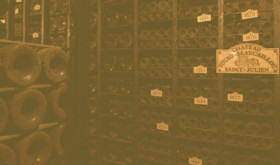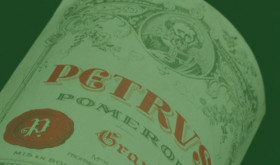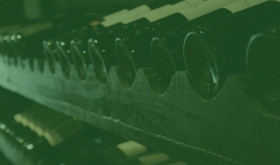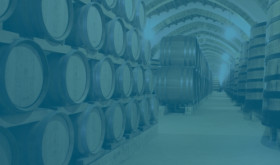
- Capital Gains Tax is a tax on the profit when you sell an asset that has increased in value.
- From 6 April 2024, investors will pay up to 28% tax on profit over £3,000.
- As a ‘wasting asset’, fine wine is exempt from Capital Gains Tax.
When should you start paying tax should you pay on profit? Apparently, it depends on the year you’re in. Pre-2022, investors paid tax on anything above £12,300. However, the past few years have seen the threshold slashed in half twice. In a bid to plug the “fiscal black hole“, Chancellor Jeremy Hunt announced limit cuts in the 2022 Autumn Budget. From 6 April 2024, investors will pay up to 28% on profit over £3,000.
However, there are some exceptions. Those who take advantage of Individual Savings Account (ISA) tax wrappers, for example, can invest up to £20,000 without paying Capital Gains Tax (CGT). Another exception is fine wine with a shelf life of less than 50 years.
Why is fine wine exempt from CGT?
Fine wine is usually classed as a ‘wasting asset’ or ‘wasting chattel’. This unflattering name is a blessing in disguise. It means that the HMRC do not consider it to be an investment where the profit should be taxed.
Other assets in this same category include personal machines. If you collect classic cars, vintage watches or antique clocks, you could also benefit from CGT-free returns. An added benefit is that these passion investments are inflation busters that tend to ride high despite economic worries.
How much profit can fine wine investors keep?
Provided the fine wine has a shelf life of less than fifty years – which is almost every fine wine – investors can keep all the profit. As we touched on in the section above, this can amount to significant sums. Some of last year’s top-performers, for instance, rose as much as 88% in a year. On average, fine wine prices have risen 14.1% in the last five years, and 62.7% in the last decade.
For other investments, which do attract CGT, such as buy-to-let property, gold, shares, bonds, art or commodities, investors must pay tax after £3,000. If they are basic taxpayers, the CGT comes to 18%. And for higher tax bands, it’s 28%.
How to tax-exempt assets like fine wine impact investment portfolios?
As the expression goes, investors should never put all their eggs in one basket. Spreading wealth across a variety of different assets, known as diversification, is at the heart of modern portfolio theory.
Investing in wasting assets like fine wine, alongside stocks, bonds, property, commodities and cash adds some advantages. One of these is that the tax savings can help balance out the increased taxes and fees from elsewhere. Buy-to-let properties for example are facing a double-whammy of increased taxation and hiked mortgage rates. Off-setting some of these expenses against the profits of wine can help to keep the whole portfolio in check.
Another benefit is that wasting assets generally tend to be inflation resistant, as their value comes from within. This can help to smooth out the inflation erosion of bonds and cash over the long-term.
Finally, wasting assets like fine wine tend to move slowly. While the market ebbs and flows, changes take months. This couldn’t be more different from high-risk stocks or crypto assets, which can soar and plummet in moments. Investing in fine wine can have a calming effect on the overall performance of a portfolio. This could be welcome news for investors who may not relish turbulent performances.
Where can you find out more?
Get a full picture of how fine wine taxation works with our complimentary guide. You can also speak to one our experts completely for free. Simply book a thirty-minute consultation with no strings attached, for a personalised conversation.









